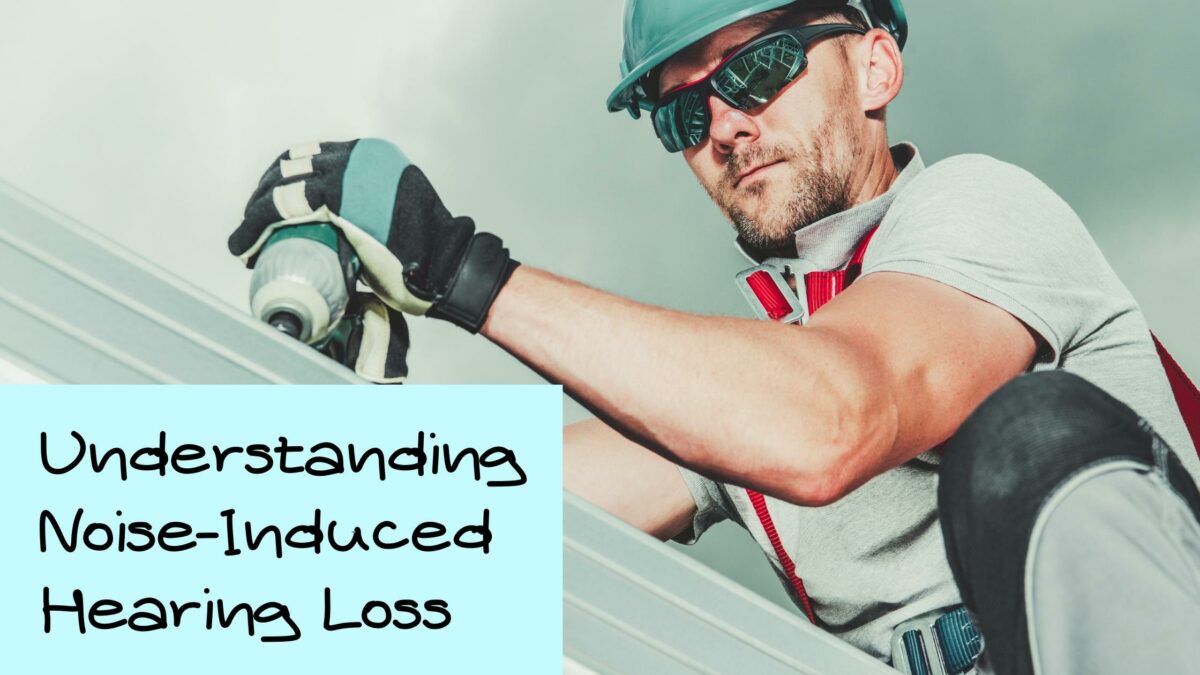The Center for Disease Control and Prevention projects that 40 million U.S. adults ages 20 to 79 have NIHL. The good news is that unlike some forms of hearing loss, NIHL can be avoided by understanding when you are at risk for it and modifying your behaviors. Understanding the effects of this condition and how to prevent it can improve the hearing health of people of all ages.
Understanding the Hearing System
Hearing is an amazing and complex process. Sound waves enter the ear canal causing the eardrum to vibrate. These vibrations travel through the three most tiny bones in our body (malleus, incus, and staples) which in turn send the vibrations to the cochlea. Inside the cochlea is a slow-moving liquid, which triggers tiny hair-like cells called stereocilia. When the fluid vibrates the stereocilia, they send these signals in the form of electrical pulses to the brain. Here, the sound waves are translated into environmental sounds and speech.
How does NIHL Happen?
NIHL occurs when the stereocilia become damaged due to loud noise. Sound is measured in decibels. A normal conversation between two or three people averages at around 60 decibels. However, once a sound reaches 85dB or higher, damage to the stereocilia starts to occur. It is not just the level of exposure but the length. For instance, an exposure of 85dB for over eight hours, five days a week can cause significant hearing loss over ten years. An exposure of 88db, can damage the ears if exposed over four hours.
Understanding the Risk
Knowing when you are being exposed and the level of risk, can help you to make informed choices around hearing safety. Earplugs and protective earmuffs can lower the decibel level anywhere from 15 to 33 decibels which in many instances can make a big difference. For reference, a subway car can reach 90 decibels, factory machinery can reach 100dB, while fireworks and engine backfire can reach 120dB.
One of the biggest risks to the hearing of a younger generation are personal listening devices. Headphones can blast music and media at levels as high as 100 decibels directly into your ear canal for hours on end. This can leave people with significant hearing loss at a much younger age.
Occupational Hearing Hazards
In the workplace, people often find themselves exposed to loud noise for eight hours or more daily, five or more days a week. The CDC reports that an estimated 24% of hearing loss in the United States has been attributed to workplace exposure. According to the U.S. Bureau of Labor Statistics, more than 20,000 workplace hearing loss cases occur annually, many resulting in permanent hearing loss. While hearing protection is to be provided to all employees at no cost to them, it is up to workers to wear it and make sure it is worn correctly.
Preventing NIHL
Hearing protection is a big step in preventing NIHL, but this is not the only thing. You can’t always predict when you’ll be exposed to loud noise but understanding the decibel level in the places you most frequent, such as your home, your commute, your job and your hobbies can make a big difference. Make sure to measure the decibel levels of your most regular environments, using a free Smartphone app. If the level exceeds 85dB, make sure to start wearing hearing protection.
You can also step away from a sound. Your exposure falls by six dB for every doubling of the distance between you and the source of the sound. This mixed with reducing the length of exposure can make a significant difference. For instance, in the case of headphones, making sure to take listening breaks and turning down the sound to no more than 60% of the max volume can ensure clearer listening for years to come.
Treating NIHL
NIHL is irreversible which is why prevention is the best method. However, when you have been exposed and sustained damage, treatment is key. Treating your hearing loss with hearing aids is the most common method for ensuring more clear communication at work and at home. You will be more aware of the sounds around you so you can be more alert of your environment. Schedule a hearing test annually to make sure you catch a hearing loss, so you can treat it as soon as possible.

